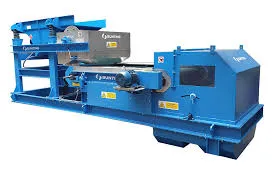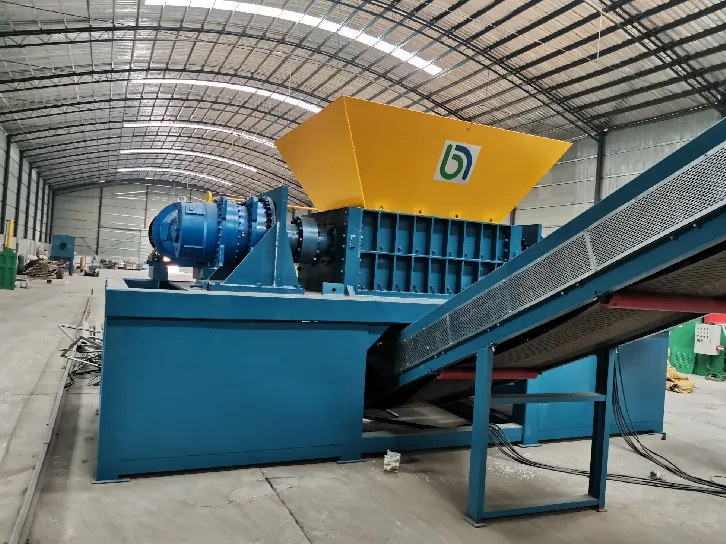Municipal solid waste (MSW) sorting plants are becoming a cornerstone in contemporary waste management strategies. With the rising global emphasis on sustainability and reduction of landfill dependency, these facilities play a crucial role in recycling efforts and resource recovery. A cutting-edge MSW sorting plant operates not just as a waste separator but as a sophisticated system integrating advanced technology and expert operations to maximize value recovery.

The complexity of a modern MSW sorting plant is evident in the technology utilized. At the heart of the operation are automated systems capable of distinguishing between various types of waste through a series of mechanical and optical sorting methods. Key technologies include advanced conveyor belts equipped with sensors, infra-red goggles, and air jets, each tailored to identify and remove specific materials. These technologies not only enhance the efficiency of sorting but ensure a higher purity rate of the recyclable materials, thus increasing their market value.
A prominent feature of leading sorting plants is their capacity for real-time data analysis. By integrating Internet of Things (IoT) devices and machine learning algorithms, plants can optimize operations dynamically. This allows for predictive maintenance, reducing downtime and operational costs—a clear testament to the plant's expertise in operational management. The constant data feedback loop aids in adjusting the sorting mechanisms to tackle the ever-evolving waste streams, indicative of a plant’s adaptability and expertise.

Moreover, the footprint of an MSW sorting plant extends beyond just the mechanical processes; it embodies an ethos of sustainability and education. Many plants engage with local communities and industry stakeholders to spread awareness about the importance of waste segregation at the source. Workshops and guided tours are frequently organized to showcase the intricacies involved in waste sorting, fostering a community-driven approach to sustainability. This educational aspect reinforces the plant’s authority as a leader in environmental stewardship.
msw sorting plant
Expertise in an MSW sorting plant isn’t only about the hardware but the skilled operators who ensure its smooth operation. Staff are trained in advanced waste characterization techniques and equipped with a deep understanding of environmental policies and standards. By maintaining rigorous quality control procedures, they ensure that the plant complies with international waste management standards, showcasing trustworthiness in their operations.
The authoritativeness of an MSW sorting plant can also be gauged by its certifications and partnerships. Collaborations with research institutions and environmental organizations are commonplace, facilitating the adoption of cutting-edge research into practical applications. These partnerships often lead to innovations that keep plants at the forefront of waste management technology. The credibility is further strengthened by certifications from environmental safety boards, which serve as a testament to the plant’s commitment to ecological responsibility.
While technology forms the backbone of an MSW sorting plant, the human element cannot be understated. The experience of managerial and operational staff is invaluable in navigating the daily challenges that arise. Experienced staff are adept at improvising and optimizing the workflow to manage irregularities in waste composition efficiently—a facet that underscores the plant’s competence and reliability.
In conclusion, an MSW sorting plant stands as a monument to modern innovation, driving advancements in waste management and sustainability. Through expert application of cutting-edge technology, steadfast commitment to environmental standards, and an educational outreach to the broader community, these facilities exemplify trust, expertise, and authority in the field of waste management. As global challenges intensify, the evolution and proliferation of such plants remain instrumental in paving the way towards a sustainable future, cementing their role as an indispensable component of modern ecological strategies.


